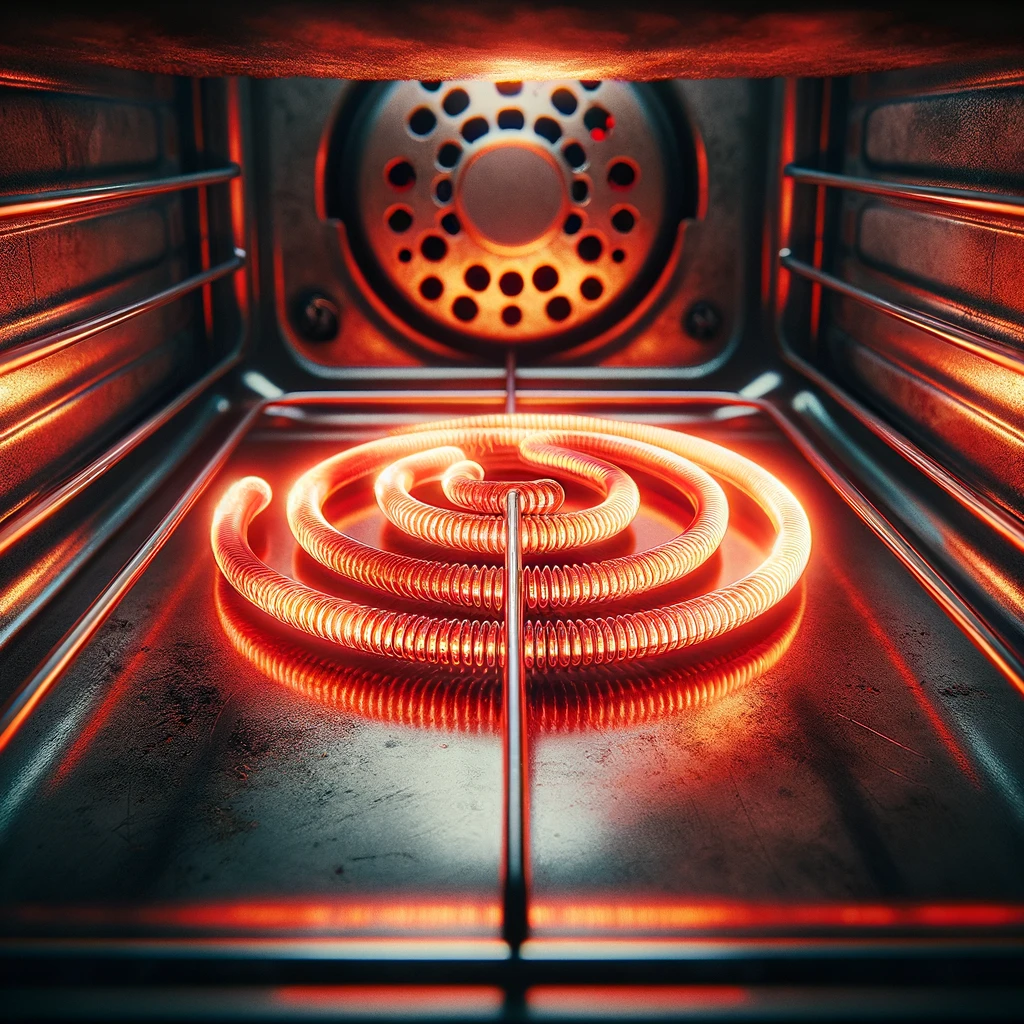
Cooking Magic: How Oven Elements Bring Your Food to Life
Ovens are a staple in every kitchen, but have you ever wondered how they work to transform raw ingredients into delicious meals? The secret lies in the oven’s heating elements, which are responsible for creating the perfect environment to bake, roast, and grill your food. Let’s explore how oven elements work their magic and why they’re so essential to your cooking process.
1. The Role of Heating Elements
At the heart of every electric oven are its heating elements. These elements, usually found at the top and bottom of the oven, are responsible for generating the heat needed to cook your food. When electricity flows through the elements, they resist the current, causing them to heat up. This heat is then transferred to the air inside the oven, raising the temperature and cooking your food evenly.
- Bottom Element (Bake Element): Located at the bottom of the oven, this element is primarily responsible for baking and roasting. It generates the steady, even heat needed to cook food thoroughly.
- Top Element (Broil Element): Positioned at the top, this element is used for broiling and grilling. It provides direct heat, which is great for browning or crisping the surface of your food.
2. How Oven Elements Create Even Cooking
One of the key functions of oven elements is ensuring your food cooks evenly. The combination of the bake and broil elements helps create a balanced environment, distributing heat throughout the oven.
- Conventional Cooking: In standard ovens, heat rises from the bottom element, allowing the oven’s interior to reach the desired temperature. As the heat circulates, it cooks your food from all sides.
- Fan-Assisted Cooking: In convection ovens, a fan circulates the hot air generated by the heating elements, ensuring more even cooking by eliminating hot spots. This results in faster cooking times and more consistent results, perfect for dishes like cakes and roasts.
3. Precision in Temperature Control
Oven elements work with thermostats to maintain precise temperatures during cooking. The thermostat constantly monitors the oven’s internal temperature and signals the elements to turn on or off to maintain the set temperature. This process ensures your food is cooked at the correct heat level, whether you’re baking delicate pastries or roasting a hearty chicken.
- Temperature Stability: The continuous cycling of heating elements ensures the temperature stays stable, which is essential for achieving consistent results in your recipes.
- Preheating: Preheating allows the oven elements to reach the desired temperature before you start cooking, ensuring your dish is exposed to the correct heat from the beginning.
4. How Different Cooking Methods Use the Elements
The magic of oven elements lies in their versatility. Depending on your cooking method, the oven will use its elements in different ways to achieve the best results.
- Baking: When baking, the bottom heating element is primarily used to create steady, gentle heat. This allows cakes, bread, and other baked goods to cook evenly without burning.
- Broiling: For broiling, the top element is used to apply intense, direct heat to the surface of the food. This method is ideal for dishes that need a crispy or browned exterior, like grilled vegetables or a perfectly seared steak.
- Roasting: Roasting uses both the top and bottom elements to surround the food with heat, cooking it evenly. This method is commonly used for meats and vegetables, resulting in a tender interior and a golden, caramelized exterior.
5. The Importance of a Well-Functioning Heating Element
A faulty heating element can significantly affect the performance of your oven, leading to uneven cooking or longer cooking times. If you notice your food isn’t cooking as it should or the oven isn’t reaching the desired temperature, it could be a sign that one of the elements needs replacing.
- Signs of a Faulty Element: Look for signs like no heat, uneven cooking, or visible damage (such as breaks or burns) on the element itself. If you suspect a problem, it’s important to address it quickly to prevent further issues.
- Replacing an Element: Replacing a heating element is usually a straightforward process and can breathe new life into your oven, restoring its cooking efficiency.
Conclusion
Oven elements are the unsung heroes behind every meal you cook. They play a vital role in transforming raw ingredients into delicious dishes by providing the heat and precision necessary for various cooking methods. Whether you’re baking, broiling, or roasting, understanding how these elements work will help you get the most out of your oven and elevate your cooking skills.

